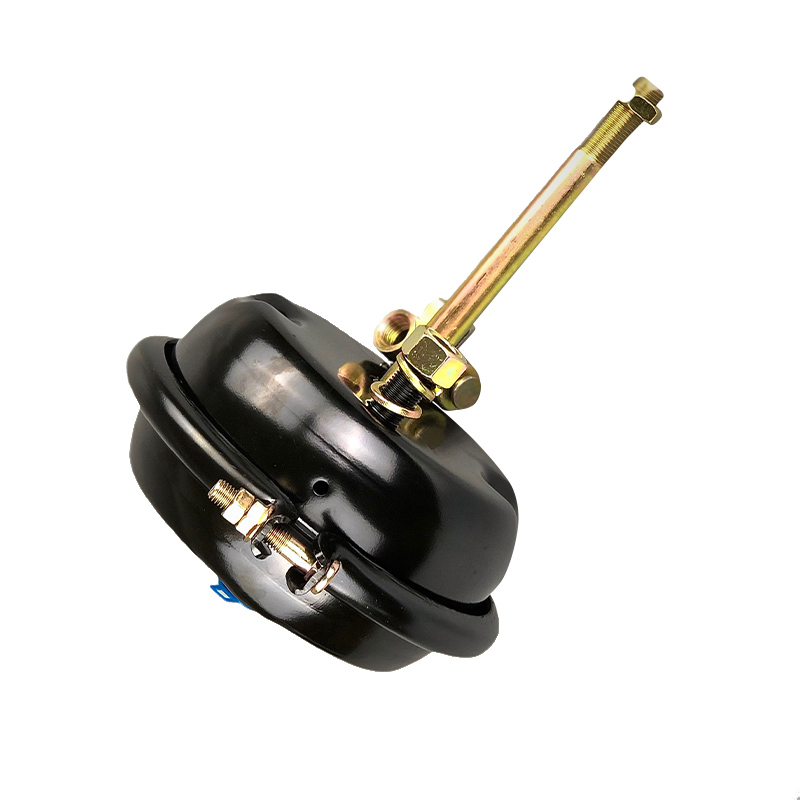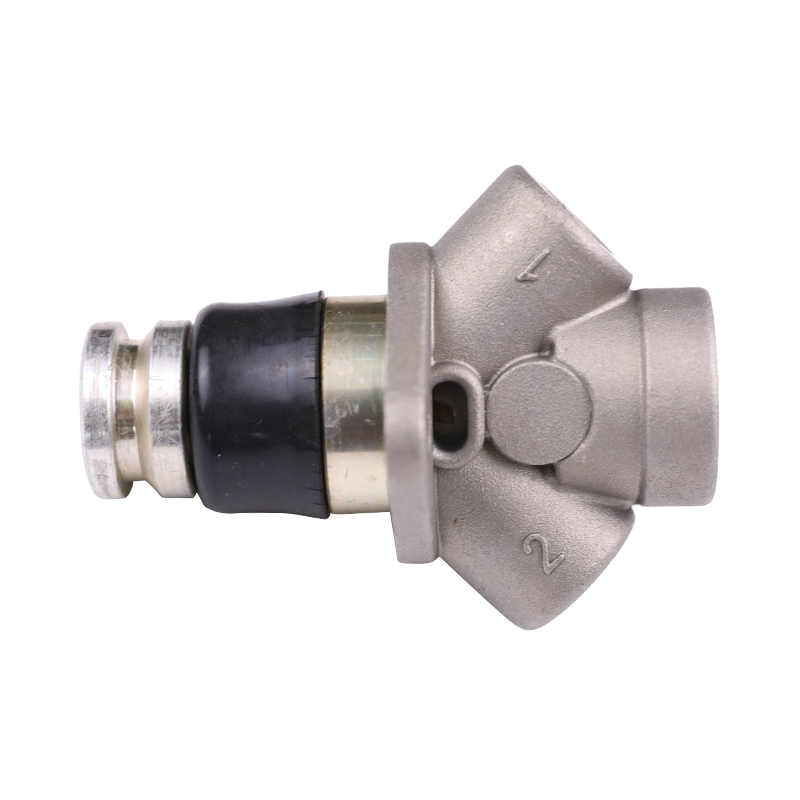Before operating the hand brake valve, the driver must have an in-depth understanding of its working principle and the overall structure of the vehicle brake system. The hand brake valve realizes activation and release of the brake system by regulating the flow of compressed air. Therefore, the driver should ensure that the main brake cylinder is filled with compressed air and that the various components of the brake system are in good condition before performing operations. In addition, the driver must be familiar with the position of the hand brake valve handle and its corresponding braking state in order to respond quickly and accurately in an emergency situation.
In actual operation, the driver should move the handle of the hand brake valve smoothly and slowly. This is because the internal structure of the hand brake valve is complex and contains precise sealing structures and control elements. Too rapid or severe operation may cause damage to these components or accelerate wear. At the same time, the driver should avoid exerting excessive force on the hand brake valve handle to prevent the seal inside the valve from failing due to excessive pressure. The correct operation method should be to move the handle smoothly to the desired position with moderate force and confirm that the brake system has responded accordingly.
When implementing parking brake, the driver needs to ensure that the hand brake valve is completely closed, that is, the handle has been moved to the parking position. In this state, the compressed air in the brake system will be cut off and the wheel brakes will generate braking force, allowing the vehicle to park safely and stably in a designated position. To ensure the reliability of parking brake, the driver should check the braking effect after each stop. If the braking effect is found to be weakened or failed, troubleshooting must be carried out immediately to eliminate potential safety hazards.
The driver should also be careful when lifting the parking brake. First, make sure the vehicle is in a safe state and there are no pedestrians or obstacles around it. Then, the hand brake valve handle is moved from the parking position to the driving position with moderate force, so that the compressed air in the brake system can resume flow. During this process, the driver should pay close attention to the response of the brake system to ensure that the wheel brakes are released. At the same time, the driver also needs to verify whether the brake system has returned to normal operation through the vehicle's driving status.
For vehicles that are parked for a long time or are less frequently used, the driver should regularly maintain and inspect the hand brake valves. Long-term use may lead to problems such as rust inside the valve, aging of seals, etc., so the vehicle should be started regularly and the hand brake valve should be operated to maintain its flexibility and sealing performance. If abnormal wear or damage is found in the hand brake valve, it needs to be replaced or repaired immediately to ensure the reliability and safety of the brake system.






